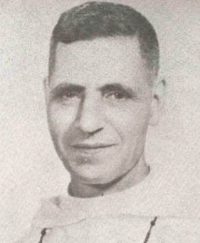The soldiers are commandeering horses, calesas, bicycles and push carts, and the people are forced to hide them. As a consequence, there is an even greater lack of transportation in Manila. This is a sign that the Japanese are running short of motorized vehicles. The trucks which they had confiscated at the start of the war are reduced to junk. They are now willing to pay ₱200,000.00 for an automobile of a reputable brand in running condition, and ₱400,000.00 for a good truck. The only cars moving about are those which are being used by the officers and ministers. There are many other cars, but their owners have dismantled them, hoping to drive them around again when the Leyte invaders arrive.
Private trucks are very few due to lack of fuel. A trip to Baguio costs from ₱50,000 to ₱70,000.
Some marine officers who were looking for hospital equipment told us that they received notice from Tokyo of the suspension of forthcoming supplies and medicine, due to lack of means of transportation. And this, in spite of the brilliant naval victories which the Japanese report that they are achieving in Leyte and east of the Philippines.
Due to lack of transportation and to air raids, the food problem is becoming acute. Rice costs ₱4,000 to ₱5,000 a sack, if it is at all available. Bananas are sold at ₱3 to ₱4 each, eggs at ₱10 or ₱12, a kilo of camote at ₱40, a kilo of meat at ₱150. People are opting for carabao meat, as it costs only ₱110. Mongo, corn and beans are as scarce as rice. In short, prices soar with each air raid. Hunger is widespread in Manila, and the aged, women and children dying of starvation are a common sight. All are praying to God to shorten this period of transition.
